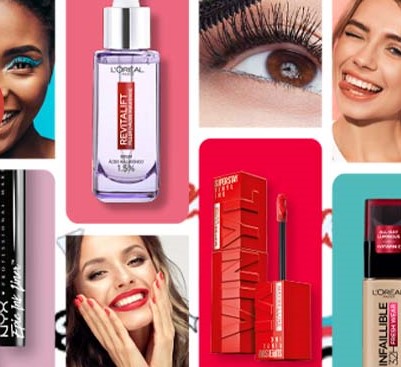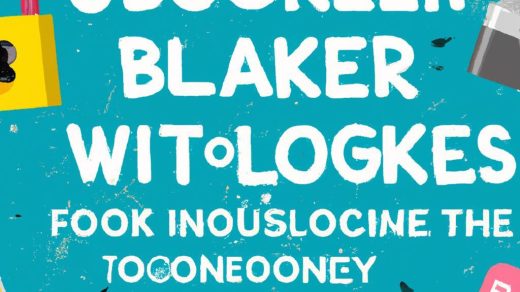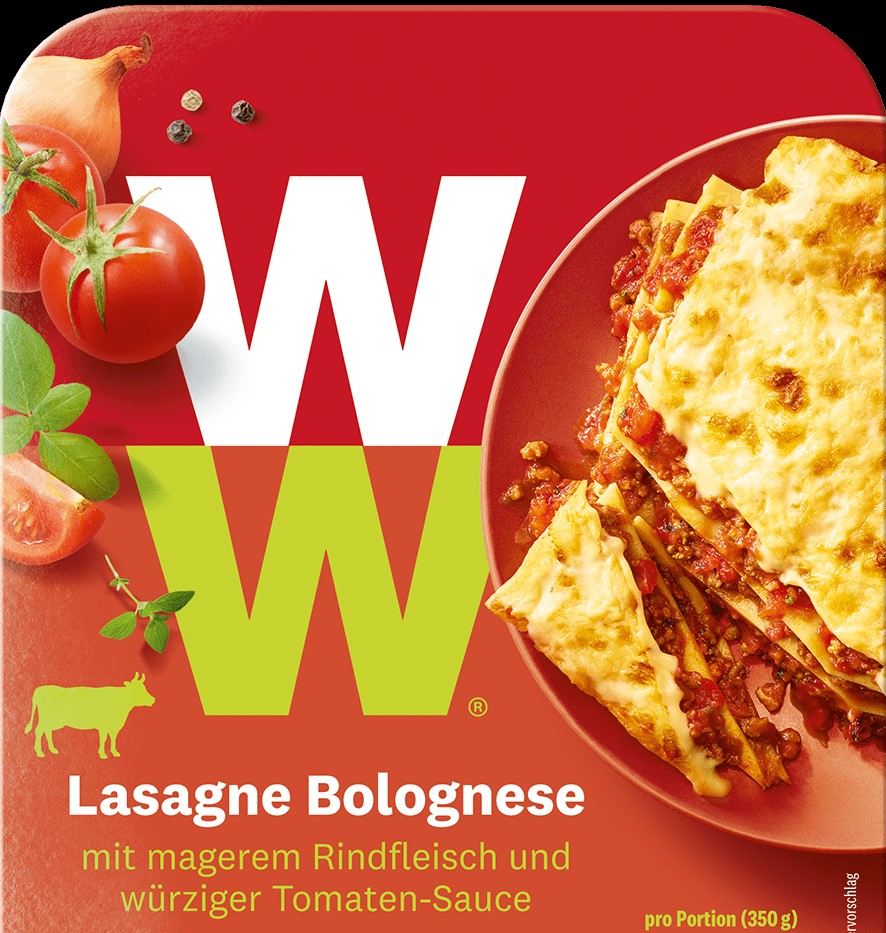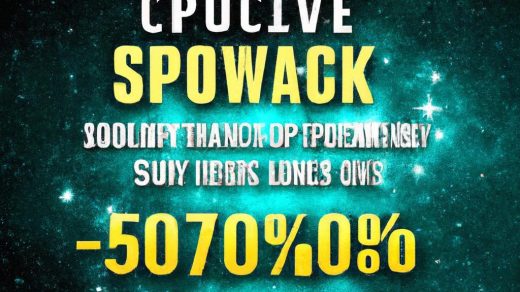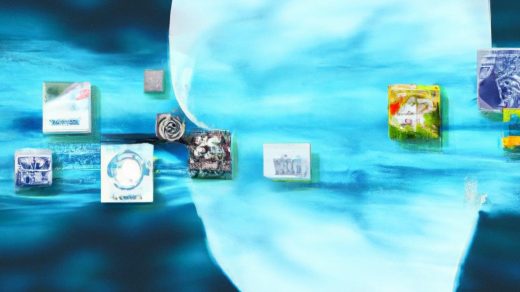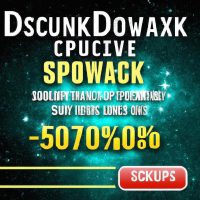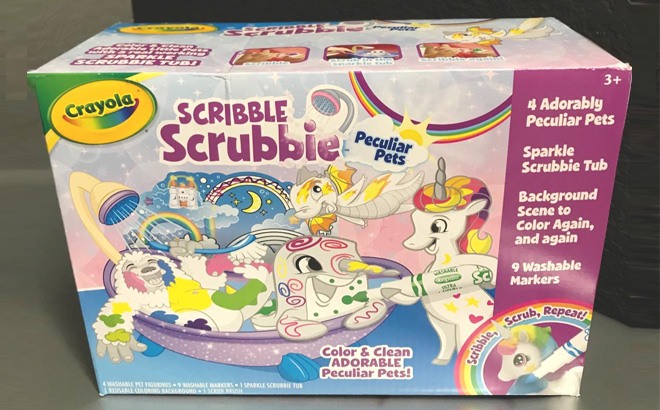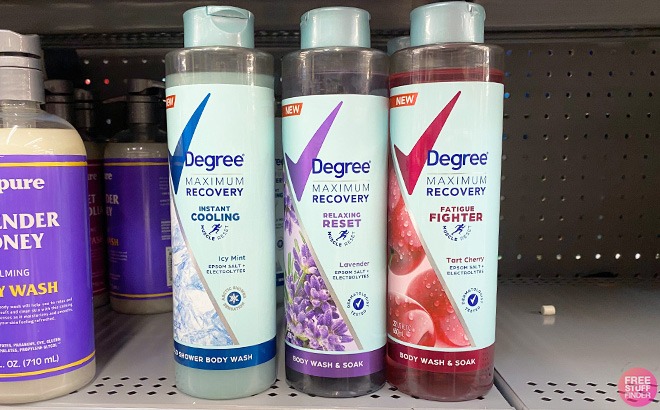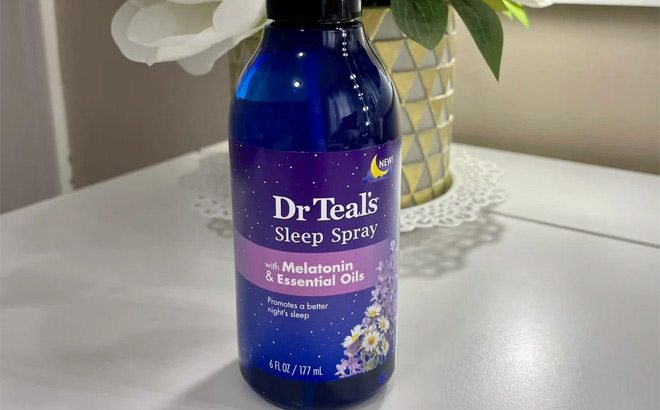How Incentives Like Free Gifts Drive Customer Feedback and Product Evaluations
In a world where consumer choices abound, understanding the intricate dance between customers and brands is more crucial than ever. As businesses strive to gain an edge in a competitive marketplace, the pursuit of genuine feedback becomes a central theme in their strategies. Enter the enticing world of incentives—those compelling “free gifts” that beckon customers to share their thoughts and evaluations. But what lies beneath the shiny surface of these offerings? Do they truly elicit honest feedback, or do they merely serve as a temporary distraction? In this exploration, we will delve into the psychological underpinnings of how incentives shape customer experiences, influence product evaluations, and ultimately drive the conversation between brands and the consumers they aim to connect with. Join us as we unravel the complex relationship between incentives and feedback, and discover what it means for the future of customer engagement.
Harnessing the Power of Free Gifts to Enhance Customer Feedback and Product Insights
Engaging customers through the appeal of complimentary gifts can significantly amplify feedback mechanisms and unveil invaluable product insights. When brands offer free gifts in exchange for feedback, they tap into a powerful psychological trigger—reciprocity. This approach not only fosters goodwill but also encourages more comprehensive and honest responses from customers. By integrating incentives, businesses can:
- Boost Response Rates: Customers are more likely to spare time for evaluations when they feel appreciated.
- Enhance Quality of Feedback: Gifts can encourage detailed insights rather than merely rating a product.
- Encourage Shareability: Happy customers sharing their gifts can lead to organic outreach and potential new customers.
- Create Loyalty: Following up with customers who participate may turn one-time reviewers into loyal supporters.
To illustrate the impact of incentives on feedback, consider the following table showing average response improvements driven by different types of free gifts:
| Type of Gift | Average Response Rate Increase (%) | Quality of Feedback Improvement Rating (1-10) |
|---|---|---|
| Sample Product | 35% | 8 |
| Discount Coupons | 25% | 7 |
| Exclusive Content | 20% | 6 |
With such tactics, brands not only increase the volume of feedback they receive but also deepen their understanding of customer preferences, ensuring that product development aligns closely with market demands.
Strategic Approaches to Leverage Incentives for Meaningful Product Evaluations
Incorporating incentives into customer feedback strategies can transform the way products are evaluated, leading to richer data and insights. By offering enticing rewards, companies can prompt customers to share their experiences and opinions, facilitating a more comprehensive understanding of product performance. Effective methods to implement such incentives include:
- Tiered Rewards: Provide escalating incentives based on the depth of feedback, encouraging more detailed reviews.
- Time-Limited Offers: Create urgency with short-term incentives to encourage immediate responses.
- Social Sharing Bonuses: Reward customers who share their feedback on social media, expanding reach and engagement.
- Feedback Contests: Organize contests where insightful feedback can win larger prizes, driving participation.
Furthermore, tracking the effectiveness of these strategies can be streamlined through detailed tables that outline the correlation between incentive types and the volume/quality of feedback obtained:
| Incentive Type | Feedback Volume | Quality Rating (1-5) |
|---|---|---|
| Tiered Rewards | High | 4.7 |
| Time-Limited Offers | Medium | 4.2 |
| Social Sharing Bonuses | Medium-High | 4.5 |
| Feedback Contests | High | 4.9 |
This approach not only boosts the quantity of feedback received but also enhances the overall quality, leading to more meaningful product evaluations that can inform future iterations and improvements.
The Way Forward
the intricate dance between incentives and customer feedback reveals a landscape rich with opportunity for brands and consumers alike. As we sift through the layers of motivations behind free gifts and rewards, it becomes clear that these incentives serve as more than mere tokens; they are powerful catalysts for engagement and insight. When customers feel valued and appreciated, their willingness to share honest evaluations surges, creating a symbiotic relationship between businesses and their clientele.
As companies continue to explore innovative ways to enhance customer interactions, the challenge will be to strike a balance between genuine engagement and incentive-driven participation. The path forward lies in understanding that while free gifts can spark initial interest, it is the thoughtful dialogue and authentic connection that truly cultivate loyalty and enhance product development.
Ultimately, the art of driving customer feedback through incentives isn’t just about acquiring data; it’s about forging a deeper understanding of consumer needs. As brands embrace this dynamic exchange, they will not only refine their products but also foster communities of loyal advocates, ensuring that the cycle of feedback and innovation flourishes for years to come. So, as we ponder the impact of these incentives, let us remember that every gift given is an invitation to a conversation—one that can illuminate the future of design and service.

